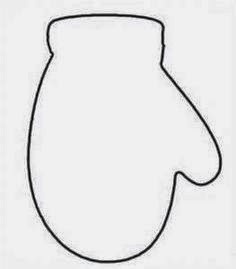It's a terrible pun but it's a way of remembering how to identify alder trees. They have cones on all the year round - all da year round. In summer the cones start off green and then slowly ripen to golden brown, turning almost black before they drop off. By that time the new green cones have appeared.
They aren't strictly cones because alder is not a conifer species, but they do look like tiny pine cones. They are usualy referred to as conelets. Small birds like siskins and tits like to peck out the seeds for a tasty snack. Yum!
But in February the most noticeable feature is the catkins. Like hazel, birch and oak the male flowers on alder are catkins, providing loads of pollen to be carried on the wind. You have to look up to see them on the tree but you may notice them lying like dead carterpillars on the ground beneath the tree. That will make you look up and behold the alder.





































